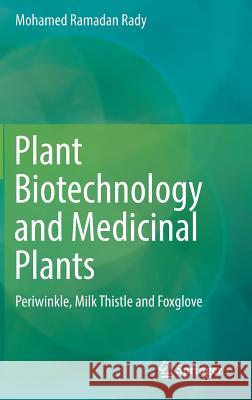Plant Biotechnology and Medicinal Plants: Periwinkle, Milk Thistle and Foxglove » książka
topmenu
Plant Biotechnology and Medicinal Plants: Periwinkle, Milk Thistle and Foxglove
ISBN-13: 9783030229283 / Angielski / Twarda / 2019 / 202 str.
Plant Biotechnology and Medicinal Plants: Periwinkle, Milk Thistle and Foxglove
ISBN-13: 9783030229283 / Angielski / Twarda / 2019 / 202 str.
cena 602,40
(netto: 573,71 VAT: 5%)
Najniższa cena z 30 dni: 578,30
(netto: 573,71 VAT: 5%)
Najniższa cena z 30 dni: 578,30
Termin realizacji zamówienia:
ok. 22 dni roboczych
Bez gwarancji dostawy przed świętami
ok. 22 dni roboczych
Bez gwarancji dostawy przed świętami
Darmowa dostawa!
Kategorie:
Wydawca:
Springer
Język:
Angielski
ISBN-13:
9783030229283
Rok wydania:
2019
Wydanie:
2019
Ilość stron:
202
Waga:
0.49 kg
Wymiary:
23.39 x 15.6 x 1.42
Oprawa:
Twarda
Wolumenów:
01
Dodatkowe informacje:
Wydanie ilustrowane











